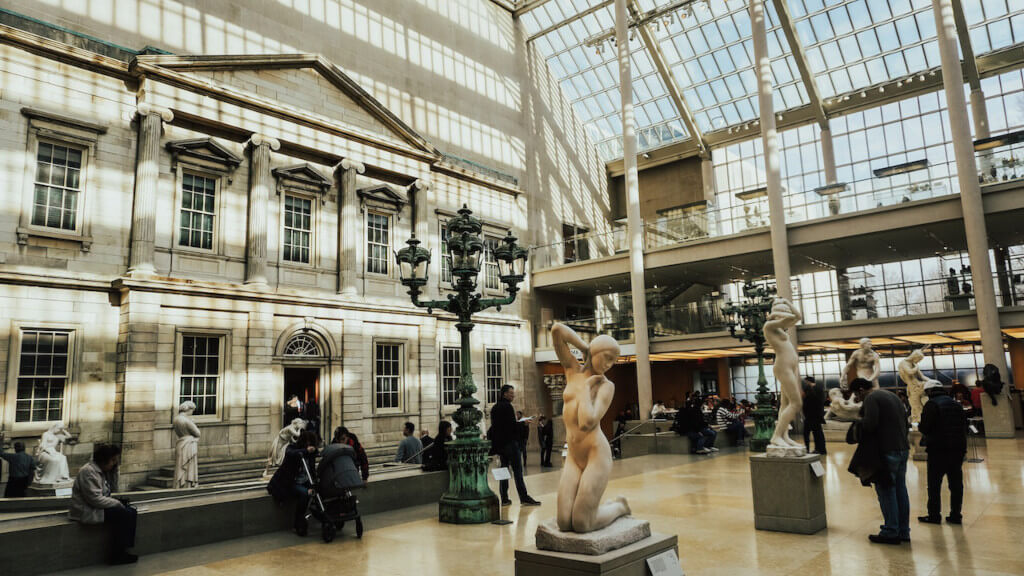
The Metropolitan Museum of Art was founded in 1870 and has been the focus of attention for people all over the world ever since. It is home to an extraordinary collection of artifacts and exhibitions that are not found anywhere else in the world. Because the museum is busy all year, we’d like to help you out by providing this guide that details what kinds of crowds to expect and which exhibits you shouldn’t miss.
Collections
American, African, and Oceanic Art
Even though the Metropolitan Museum of Art had no interest in collecting artwork from America, Africa, or Oceania in its early days, and had never given much attention to this type of artwork, However, it wasn’t until 1959 that an American entrepreneur named Nelson A. Rockefeller donated more than 3,000 pieces to the museum. The Metropolitan Museum of Art has amassed over 11,000 objects from the Americas, the Pacific Islands, and Sub-Saharan Africa over its history.
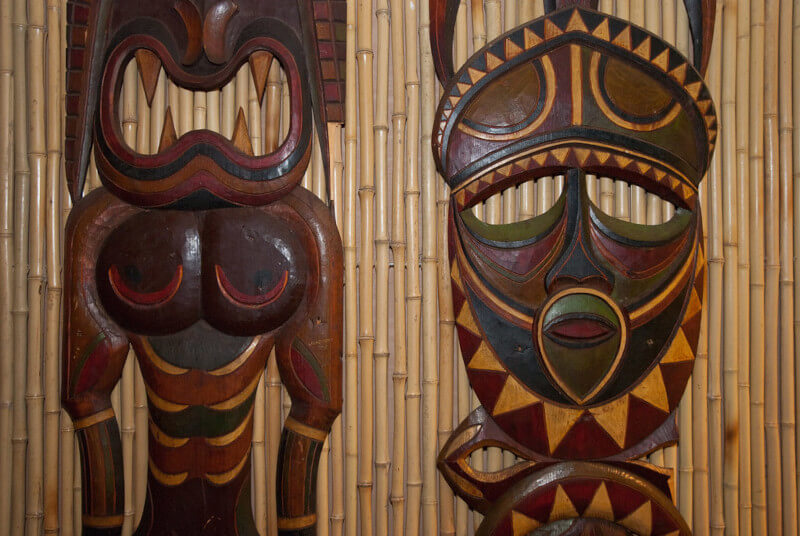
There are memorial poles made by the people of Asmat, New Guinea, that stand 15 feet tall in the collection, as well as rock paintings from Australia that are over 40,000 years old. The collection also includes rock paintings from Australia dating back even further. Furthermore, you will be able to find one-of-a-kind pieces, such as one from Benin’s Nigerian Court, which was donated to the museum by Klaus Perls.
Near and Ancient Eastern Art
By the end of the nineteenth century, the Metropolitan Museum of Art had begun collecting artifacts and pieces from the Near East. The Near Eastern art collection began with a few seals and cuneiform tablets and has since grown to include nearly 7,000 individual works of art from the region. The presence of Sasanian, Babylonian, Assyrian, and Sumerian artifacts, as well as Elamite artifacts, is indicative of the Neolithic Period, the Sasanian Empire, and the end of Late Antiquity.
Asian Artwork
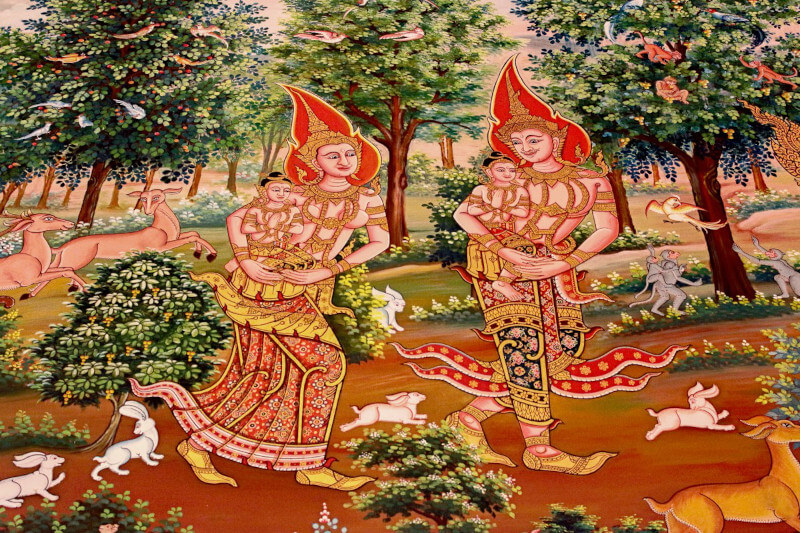
Over 35,000 individual works of Asian art are on display in the Metropolitan Museum of Art’s Asian art department. While some of the exhibits have been here since the museum’s inception, others were presented as thank-you gifts by private collectors. Today, the entire department is dedicated to the study of Asian art, a tradition that dates back over 4,000 years. This section of the museum contains everything from paintings to metalwork created by an Asian civilization up to the present day. Some of the Department’s most notable collections include Indian sculptures, Chinese paintings and calligraphy, and Tibetan and Nepalese works. Indian Sculptures is one of the department’s most well-known collections.
Egyptian Artwork
The majority of the Egyptian Art department’s collection was given to the museum as a gift. The museum, on the other hand, began its collection of discoveries with its discoveries and expeditions between 1906 and 1941. The department’s collection contains over 26,000 artifacts dating back to the Paleolithic and Ptolemaic eras, which are housed in forty galleries dedicated entirely to Egyptian art. There are also 13 wooden models discovered in a tomb in Southern Asasif, Western Thebes, in 1920. These statues were discovered in Western Thebes. These models are a representation of Egyptian daily life, which is depicted through drawings and includes items such as gardens and boats, among other things. Last but not least, the Temple of Dendur, served as the department’s focal point before being dismantled and given to the United States in 1965 due to the threat of rising waters.
The Islamic Arts
The Metropolitan Museum of Art in New York City houses one of the most extensive collections of Islamic art. Everything will be made available to you right here, from official decrees to manuscripts. In addition to their secular and cultural roots, the majority of the works of art reflect the spread of Islam from the Near East. Another famous collection that you will be able to see when you visit the museum is the “Shanama” list, which contains a large number of miniatures. It was written during the reign of Shah Tahmasp I, who also wrote a lavish manuscript at the time. In addition, the exhibition includes works by Sultan Muhammad and his fellow Tabriz school artists, such as “Tahmiras Kills Divs,” “the Sade Holiday,” and “Bijan and Manizhe,” amongst others.
Textiles and ceramics from Spain, Central Asia, and North Africa are among the items on display in the museum’s Islamic art department. Additionally, religious collections are housed in the department. Furthermore, the museum is well-known for its extensive collection of miniature paintings from Mughal India and Iran. Finally, the department has excellent examples of both secular and religious calligraphy. These examples, which range from Suleiman the Magnificent’s writings to a variety of Quran manuscripts, show how calligraphy styles evolved.
Armour and Weaponry
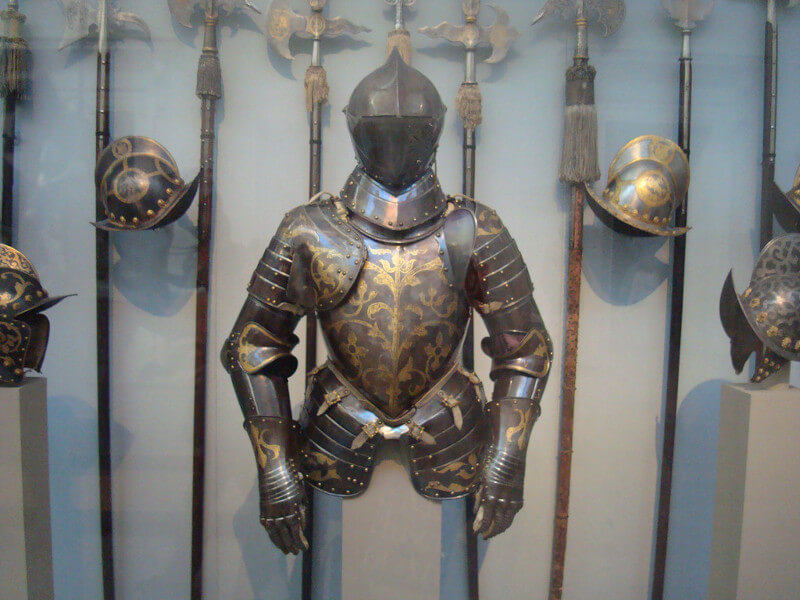
The armor and arms section of the museum houses some of the most well-known collections in the world. On the ground floor, you’ll find armored horses and men armed with weapons standing in a parade formation. The department’s collection includes pieces from the late Medieval period in Europe, as well as Japanese pieces from the 5th to the 19th centuries. Additionally, you will be able to find 19th and 20th-century armour and arms representing the Roman Empire, ancient Greece, dynastic Egypt, Oceania, and Africa, among other places. Over 14,000 individual items are stored here, many of which were worn by or designed specifically for members of the royal family, such as princes and kings.
The Costume Studies Institute
The fashion industry provided financial support to the Costume Institute, paving the way for the Institute of Costume to merge with the Metropolitan Museum of Art in 1959 to form what is now known as the Institute of Costume. At the moment, there are 35,000 accessories and costumes stored at the institute.
Originally, the Costume Institute was given a permanent area or hall in which to exhibit its collections; however, due to the delicate nature of the items on display, the Costume Institute no longer hosts a permanent exhibition. Instead, it hosts two events per year to highlight a wide range of designers and the collections they have created. The Costume Institute also hosts the prestigious annual Met Gala, which is one of the world’s most well-known events.
Throughout its history, the Costume Institute has hosted a plethora of world-renowned fashion designers, including Chanel, Cristobal Balenciaga, Gianni Versace, and Yves Saint Laurent. The annual Benefit Met Gala, held at the Metropolitan Museum of Art and hosted by Anna Wintour, the editor-in-chief of Vogue, is one of the most well-known events in the world. Every year, celebrities are known to attend this event. Only in 2007, 700 tickets were put up for sale, with a starting price of $6,500 per person.
Prints and Drawings by the Artist
The works in the Metropolitan Museum of Art’s Prints and Drawings department are all from Western Europe and North America and were created after the Middle Ages. Cornelius Vanderbilt II donated the museum’s first collection of old master drawings in 1880. These drawings were created from a single group of 670 sheets that were joined together. The department of prints and drawings was not formally established until much later during that period. To summarize, the Metropolitan Museum of Art’s Prints and Drawings Department has over 1.5 million copies, 17,000 drawings, and 12,000 books with illustrations. Drawings by famous historical figures such as Leonardo da Vinci, Michelangelo, and Rembrandt can also be found in the department.
Art from the Modern and Contemporary Periods
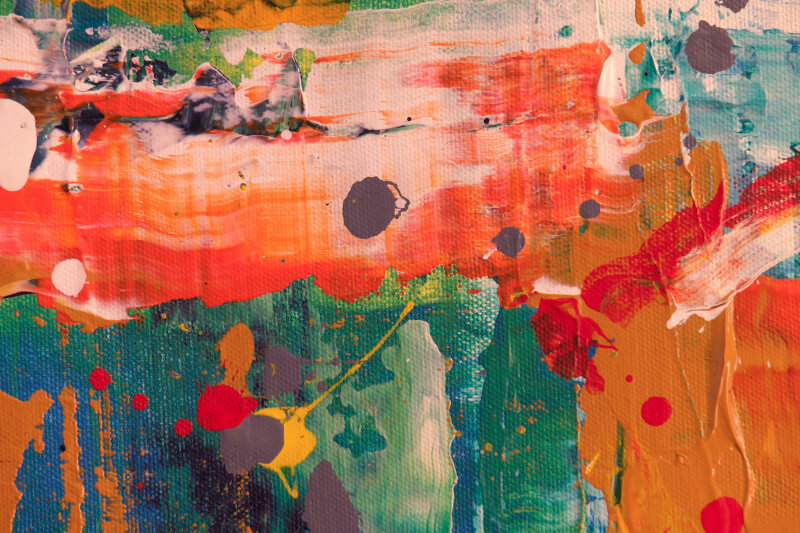
The Metropolitan Museum of Art houses over 13,000 works by European and American artists. Pablo Picasso’s portrait of Gertrude Stein, Jasper Johns’s “White Flag,” Max Beckmann’s “Beginning,” and Jackson Pollock’s “Autumn Rhythm” are among the most well-known of these works. Furthermore, the works of certain artists, such as the Paul Klee collection, are displayed in an exceptionally comprehensive manner. Furthermore, it was announced in April 2013 that cosmetics magnate Leonard Lauder would be donating a one-billion-dollar collection to the museum. Since then, the museum has remained active by acquiring new collections, such as the $31.8 million Gris “The musician’s table” sculpture.
Musicians’ Instruments
The Metropolitan Museum of Art’s collection of musical instruments is not only unparalleled but also the most extensive of any other museum’s collection of its kind. The musical instruments have been shipped in from all over the world. The year 1889 marked the official start of the museum’s collection, and it was at that time that Mary Elizabeth Adams Brown made the first donation of 270 instruments. Later, the collection grew to 3,600 different items; this was the case until Mary Elizabeth Adams Brown’s death when she continued to accept donations, which were then displayed across five different galleries. Aside from Stradivari violins and Asian instruments made of precious metals, the collection includes a Bartolomeo Cristofori 1720 model piano, which is thought to be the oldest living/surviving piano to date.
Photographs
The Metropolitan Museum of Art’s collection includes over 25,000 individual photographs. Alfred Stieglitz, a well-known photographer, was the first to donate significant collections to the Museum of Modern Art. These collections included master prints by Edward Steichen as well as photographs by Alfred Stieglitz. In addition, as its final acquisition, the museum acquired the works of Walker Evan, the Rubel Collection, early American and French photography, European and American post-World War I photography, and early British photography. The department was founded in 1992, and its first permanent gallery opened in 1997. However, due to the delicate and sensitive nature of the collections, not all of the pieces on display in the gallery were on display.
The Final Word
The Metropolitan Museum of Art is an excellent location for revisiting history. Because there is so much to choose from, it is easy to become overwhelmed by all of the options; however, that is precisely what this article will help you avoid. As we conclude, we hope that this history guide has taken you as close to the past as humanly possible.
